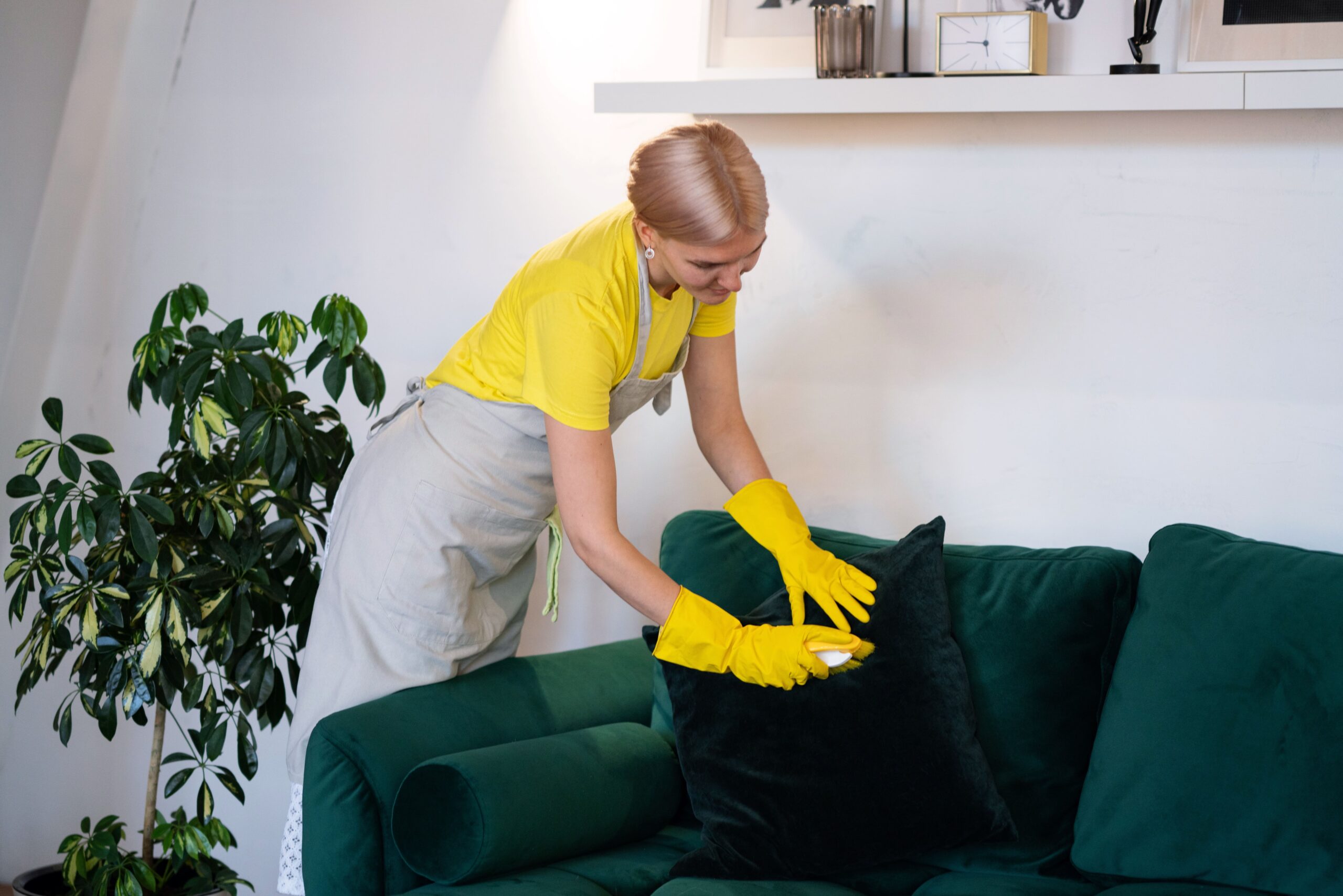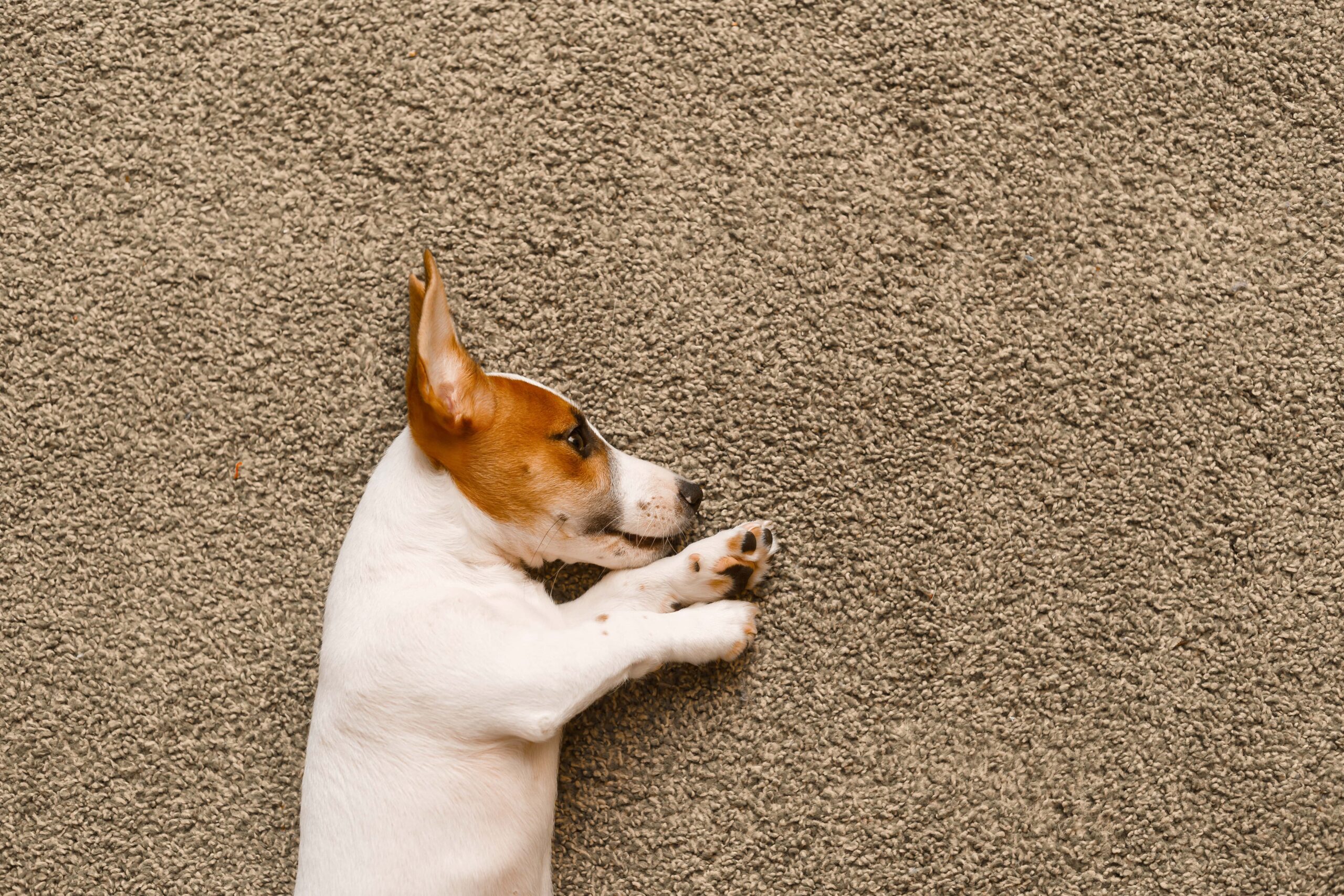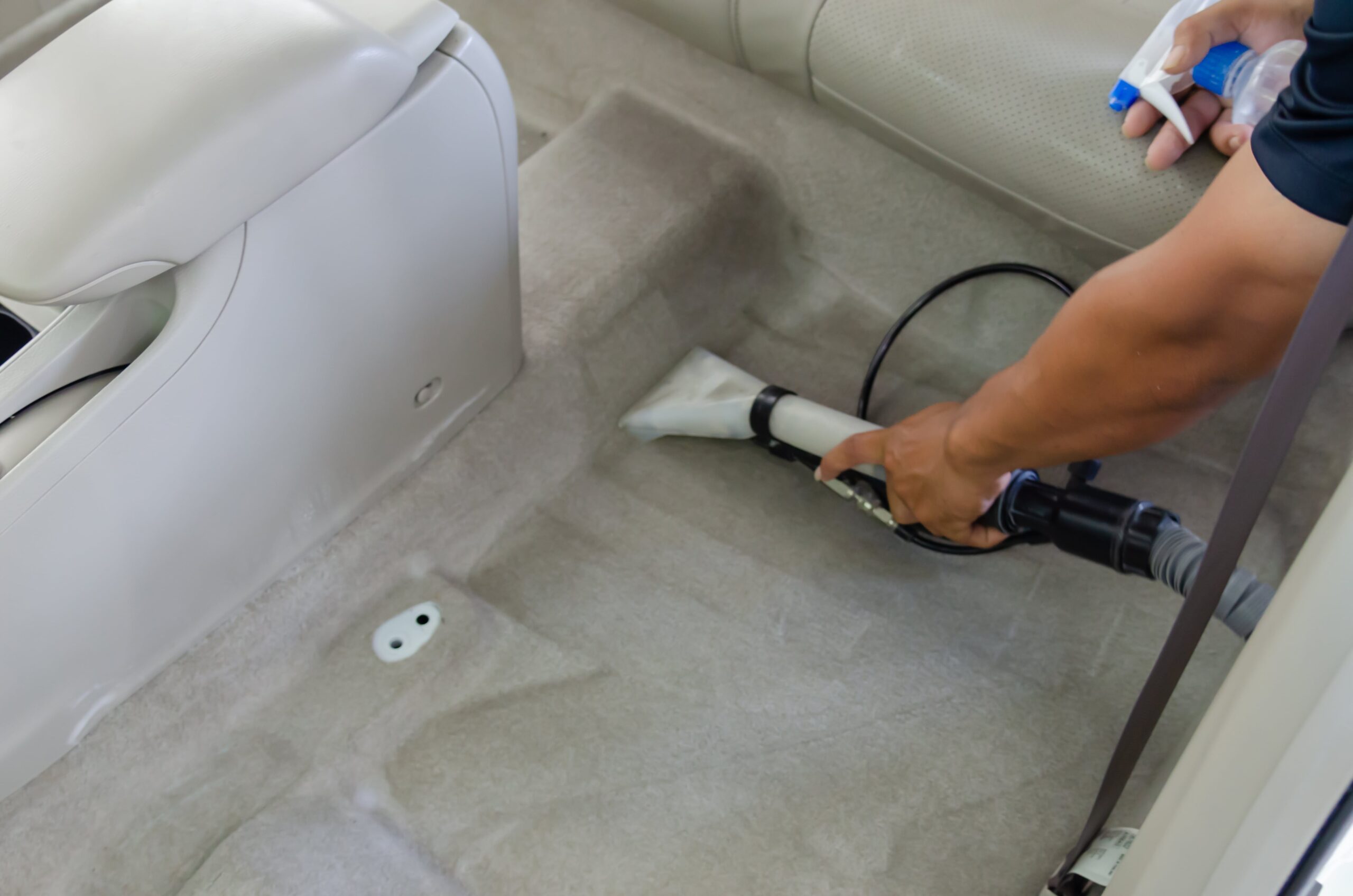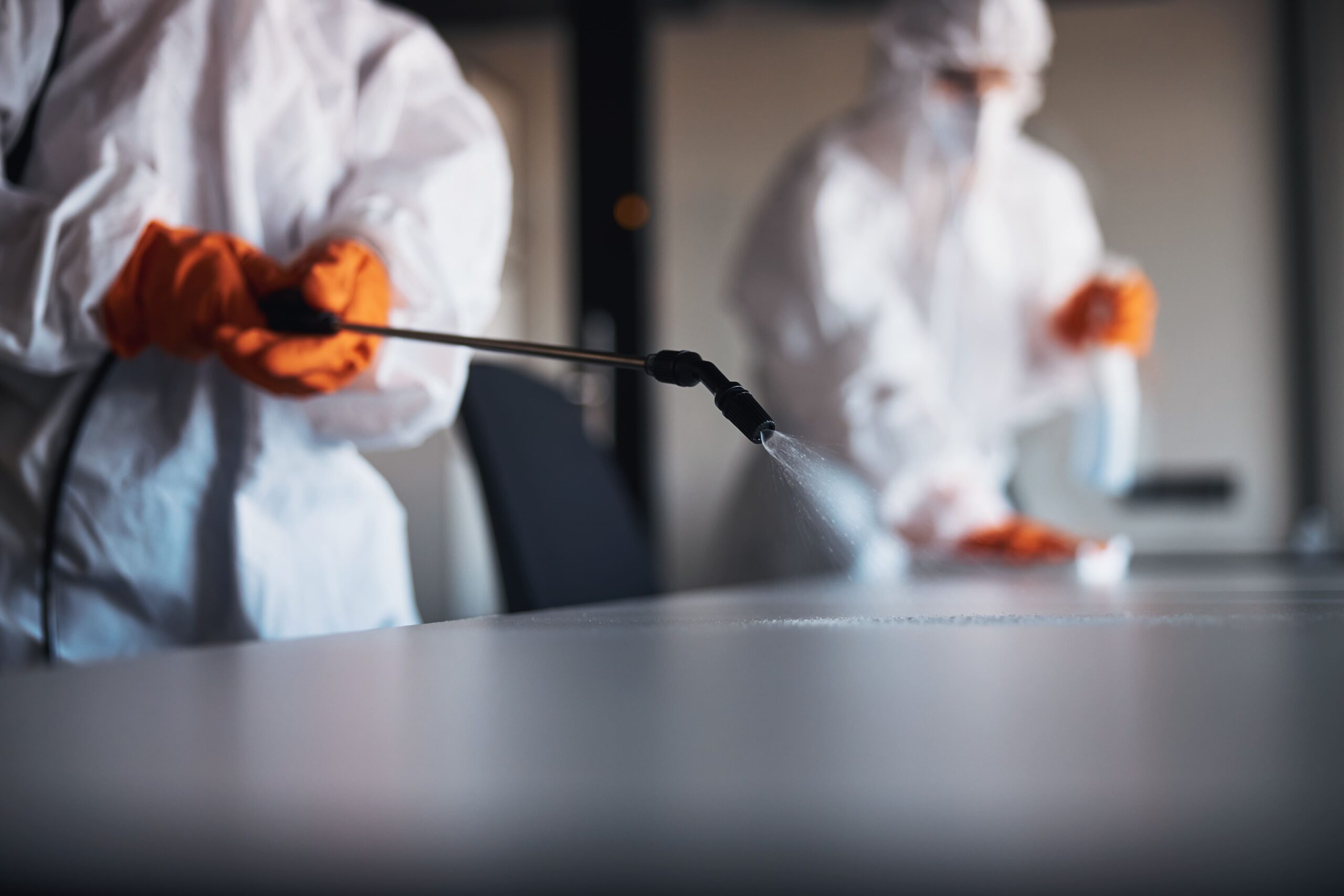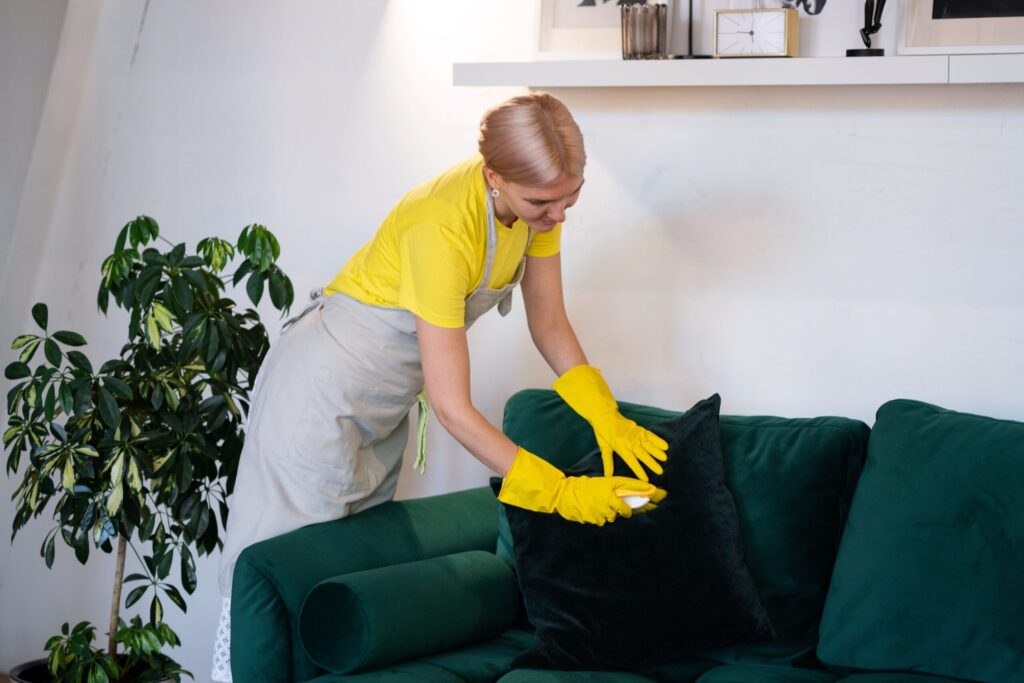
Introduction
Your fabric sofa is not just a piece of furniture; it’s a centerpiece of comfort and style in your home. But with everyday life comes the inevitable risk of spills, stains, and accidents that can mar its appearance. This is where fabric sofa stain protectors come to the rescue. In this article, we explore the essential factors you need to consider when choosing the perfect stain protector for your beloved fabric sofa.
Types of Stain Protectors
Fabric sofa stain protectors come in various forms, each with its own application method and effectiveness. Liquid sprays, foams, and pre-treated fabrics are among the options available. Understanding the different types can help you choose the one that aligns with your preferences and lifestyle.
- Spray-on Stain Protectors such as GuardTech ShieldSpray: These are liquid formulations that you can spray directly onto the fabric. They create a protective barrier that repels liquids and prevents stains from setting in.
- Foam Stain Protectors such as StainGuard FoamShield: Foam-based protectors are applied by rubbing a foam solution onto the fabric. They work similarly to spray-on protectors, creating a shield against spills and stains.
- Pre-Treated Fabric such as PureGuard FabricShield: Some manufacturers offer fabric that is already treated with a stain-resistant coating. This eliminates the need for applying a separate protector and ensures that the fabric is stain-resistant from the start.
- Nanotechnology Stain Protectors such as NanoGuard TextileArmor: These advanced protectors use nanotechnology to create a super-thin, invisible layer on the fabric. This layer repels liquids and stains while maintaining the fabric’s natural look and feel.
- Professional Application Stain Protectors such as ProTectElite StainPro: Some stain protectors require professional application. Trained technicians apply the protector using specialized equipment, ensuring even coverage and maximum effectiveness.
Fabric Compatibility
Not all fabric sofa stain protectors are created equal. Some may work better on specific fabric types, such as cotton, linen, or microfiber. Before purchasing a protector, ensure it is suitable for the material of your sofa to achieve optimal results.
Fabrics that are extremely delicate, water-sensitive, or have a complex texture might not be the best candidates for stain protectors. Examples include:
- Silk: Silk is a delicate and water-sensitive fabric that can be easily damaged by some stain protectors. It’s essential to exercise caution when considering stain protection for silk.
- Suede: The texture of suede can be affected by certain stain protectors, potentially altering its appearance or feel. It’s advisable to test a small, inconspicuous area first.
- Vinyl or Synthetic Leather: Some stain protectors may not adhere well to synthetic materials like vinyl or faux leather. The protector might not provide the desired level of stain resistance on these surfaces.
- Old or Fragile Fabrics: Antique or fragile fabrics might not withstand the application process of some stain protectors. The treatment could cause damage or discoloration.
- Non-Porous Fabrics: Fabrics that are non-porous or have a highly water-resistant surface may not allow the stain protector to properly bond and provide effective protection.
- Highly Textured Fabrics: Fabrics with intricate weaves or high textures might not receive even coverage from certain types of stain protectors, leading to uneven protection.
- Ease of Application
Consider how user-friendly the stain protector is. Some products require professional application, while others can be easily applied at home. Choose a method that suits your convenience and level of expertise.
- Effectiveness and Durability
The primary goal of a stain protector is to repel liquids and prevent stains from setting in. Research product reviews and consult experts to gauge the effectiveness and durability of different options. A reliable stain protector should provide long-lasting coverage.
- Aesthetic Impact
Some stain protectors may alter the look or feel of your fabric sofa. Test a small, inconspicuous area before applying the protector to ensure it doesn’t affect the color, texture, or overall appearance of the fabric.
- Health and Environmental Considerations
Review the ingredients of the stain protector to ensure it aligns with your health and environmental values. Look for products that are low in volatile organic compounds (VOCs) and are eco-friendly. As a leading organic carpet cleaning company in New York, we prioritize your well-being and the environment. Our commitment is evident in our exclusive use of low volatile organic compound (VOC) products, ensuring a clean and healthy home for you and your family
- Maintenance Requirements
While stain protectors offer an additional layer of defense, they don’t make your sofa immune to dirt. Understand the recommended cleaning and maintenance routine for your treated sofa to keep it looking spotless.
Professional vs. DIY Application
Decide whether you want to apply the stain protector yourself or hire a professional. DIY application can be cost-effective, but professional services might offer expertise and ensure thorough coverage.
Summary
Fabric sofa stain protectors are a smart investment in preserving the beauty and longevity of your beloved furniture. By carefully considering factors such as compatibility, application ease, effectiveness, and environmental impact, you can make an informed decision that suits your needs. With the right stain protector, you can confidently enjoy your fabric sofa without the worry of stains and spills, making it a spotless and inviting focal point in your home.

